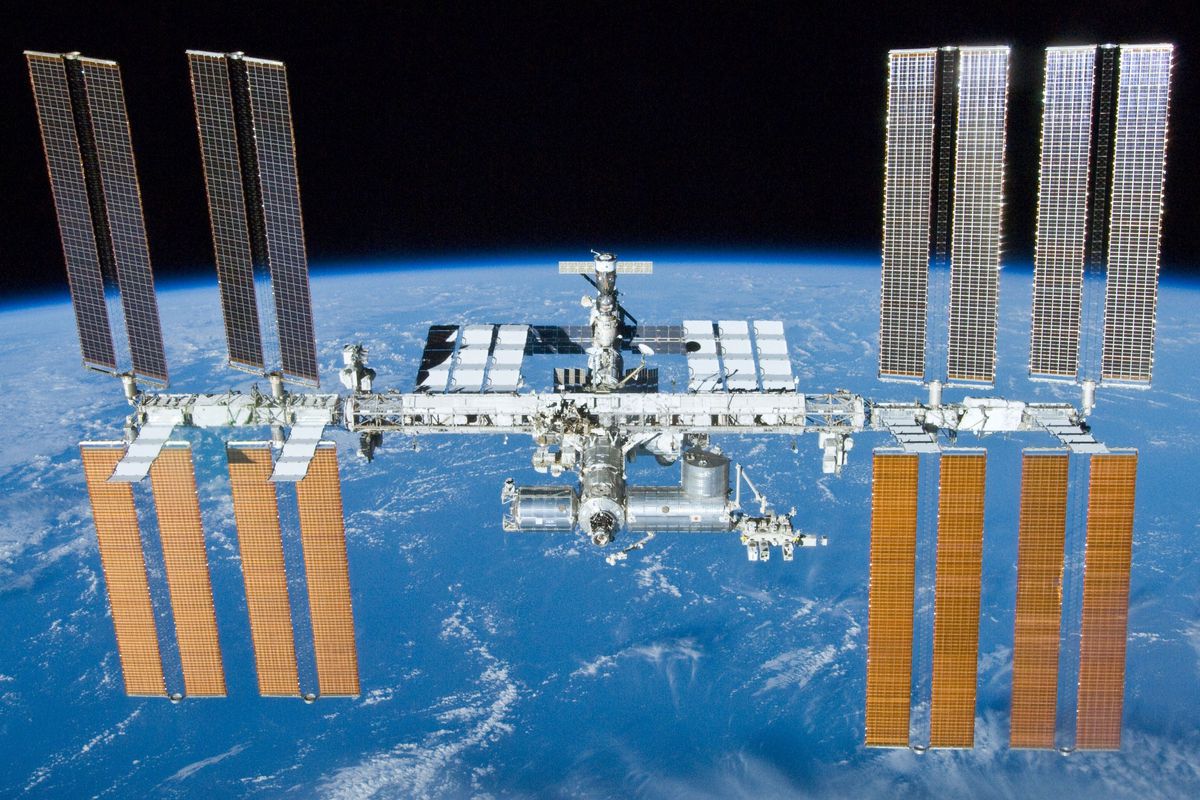National Laboratories serve as the leading institutions for scientific innovation in the United States, addressing large-scale, complex R&D challenges with a multidisciplinary approach. These labs are positioned throughout the U.S., providing the opportunity for cutting-edge scientific innovation to those in big cities, small towns and rural communities alike. While all are doing exceptional work, there is one National Laboratory - which although it requires a significant commute - has perhaps an equally significant potential for breakthrough innovations. Since its designation in 2005 as a National Laboratory by Congress, the ISS U.S. National Laboratory has enabled space R&D access to a broad range of commercial, academic and government users.
The potential of the ISS for R&D was expanded in 2011 when the Center for Advancement of Science in Space (CASIS), a non-profit, non-government organization, was selected as the manager of the research facility, with a focus on enabling a new era of space research to improve life on Earth. This change brought significantly more interest from researchers across academia and industry to the ISS National Laboratory, explained Michael Roberts, PhD, Deputy Chief Scientist, CASIS.
“From the creation of CASIS in 2011 until now there has been a significant uptick in the growth of the ISS National Lab,” said Roberts. “CASIS was created with the specific purpose to create demand because a non-government agency can work with industry in more creative contracting ways than NASA can. The number of resources available, as well as the demand, has ramped up quickly.”
Since 2011, CASIS has selected more than 200 ISS research projects, ranging from developing new drug therapies to monitoring tropical cyclones, improving equipment for first-responders, and producing unique fiber optics materials in space.
“CASIS acts as a facilitator,” explained Roberts. “Our role is to enable your access to this unique platform that is operated by NASA and to help you match up your desires for innovation for R&D activities and early stages of manufacturing. We help you access facilities, infrastructure and in some cases, facilitate funding for you. CASIS itself operates on 15 million a year in funding provided by NASA.”
Of the ISS research capabilities, 50 percent are utilized by CASIS. This includes access to NASA facilities, training and launch facilities, a national network of engineers, space experts, and scientists, world-class on-station research facilities, and transportation and crew time. The cost of launching experiments into space for study on ISS is subsidized by U.S. tax dollars.
For an organization to be permitted to do research on ISS through CASIS they must be a U.S.-based entity and they must have a specific need for space-based research or manufacturing.
“The National Lab at this time only supports research and development goals that are uniquely benefited to a space environment,” said Roberts. “As demand starts to exceed capacity for resources on the ISS National Lab, we want to focus those efforts on R&D that is going to have greater and broader impact to the nation. The R&D activities for the ISS National Lab are quantified based on their return, and that return is quantified in economic terms, looking not only at economic potential of the research outcomes, but the impact upon humanity and the nation as a whole.”
The length of time that an experiment is on the ISS is determined by the experiment itself and its requirements, as some need only hours while others need years, explained Roberts. There are currently two commercial providers that provide launch to the ISS-SpaceX and Orbital ATK.
Roberts expects in 2018 these two providers will be able to launch approximately every four to six weeks.
Currently, the SpaceX Dragon is the only cargo vehicle that is returning samples to the Earth, which means the fastest a researcher can expect to receive samples is roughly 30 days after launch, according to Roberts.
A new commercial resupply contract is coming online in 2019, adding another provider of services for both launching and return.
Researchers can also monitor, collect data and even control an experiment in real-time while it is still abroad the ISS, using remotely operated microscopes.
“An ISS crew member can put the specimen under the microscope and then the scientist on the ground can image areas in real-time,” said Roberts.
Interest in sending experiments to the ISS has come from research facilities across the U.S. as well as throughout industry. Merck, Novartis, Eli Lilly and Company, Hewlett-Packard Enterprise, Honeywell and Procter & Gamble are just a few of the big name companies that have utilized the ISS National Lab for their R&D.
“The International Space Station has a tremendous amount of lifetime left in it,” said Roberts. “The advantage that it has is that it enables innovators here on Earth to have subsidized access to the space environment. These types of innovations can be engaged by multiple R&D sectors.”
https://www.rdmag.com/article/2018/01/r-d-space-new-frontier-innovation




